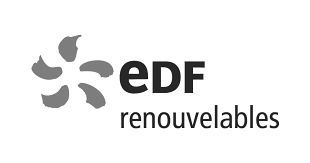La Fabrique Terrestre's approach
A sensitive, physical method guides us in our approach, whatever the projects’ scale, context or region. Our aim is to anticipate the impact of renewable energy deployment on local landscape, and to identify possible improvements through an awareness-raising initiative, the evolution of practices and techniques, and a search for the necessary conditions for public acceptability, from requirements to the projects’ installation and operation.
For us, a project is a joint initiative, at the crossroads between our expertise and that of the local residents who live and bring their region to life on a daily basis, and a time for exercising citizenship and of reflecting on living together.
The development of energy and ecological transition applied to regional territories are still emerging subjects. Consideration can be used to reinforce urban and landscape characteristics, to rethink mobility and the use of space, to join forces with private landowners to reinvent what exists, to move from reflection and planning to the operational through deliberation on regional issues from a landscape and social point of view.
The aim is to anticipate the sustainable evolution of urban fabric and rural land on a local and larger landscape scale, and to identify possible improvements for implementation of a collective transitional approach and an eventual transformation into a landscape and ecological transition projects.
Our approach seeks to anticipate the issues raised by each phase of a project on a regional scale, but also on a local scale, in order to identify possible improvements successively in the co-design phase, in the implementation and co-construction phase, or in actual the production of renewable energy.
The general approach of the study is based in 5 areas:
- Consideration of energy infrastructure as a tool for regional planning.
- Deliberation on the regional aspect of energy, the relationship between - energy recovery from natural resources, recovery of by-products for energy production – and landscape on a large scale.
- The architectural and landscape identity of rural and urban buildings, their evolution and status in regions.
- The relationship between different forms of urban, suburban, rural forms and patterns, their surroundings and ecological continuity. How can they become assets rather than constraints within their natural environments?
- Regions are a set of co-evolutionary processes between human work and nature. These processes produce living neo-ecosystems, in which transformed nature assumes in turn, different balances.



